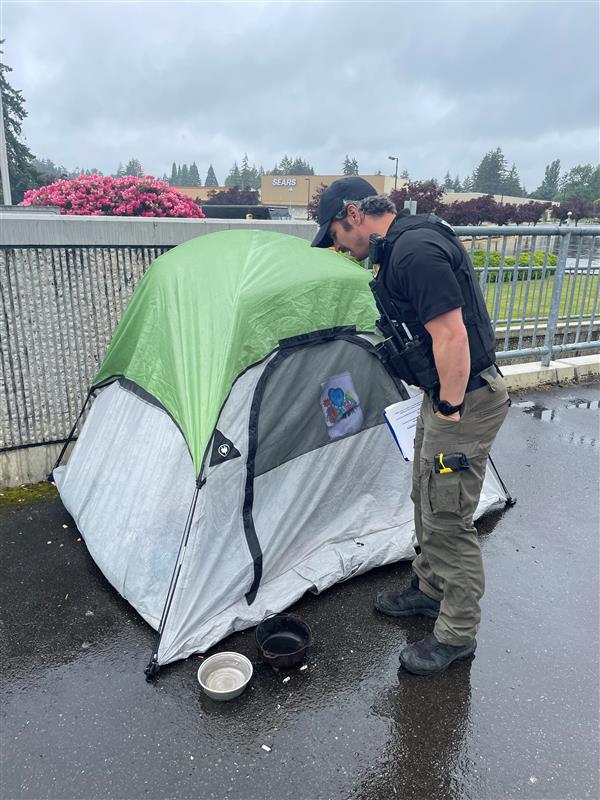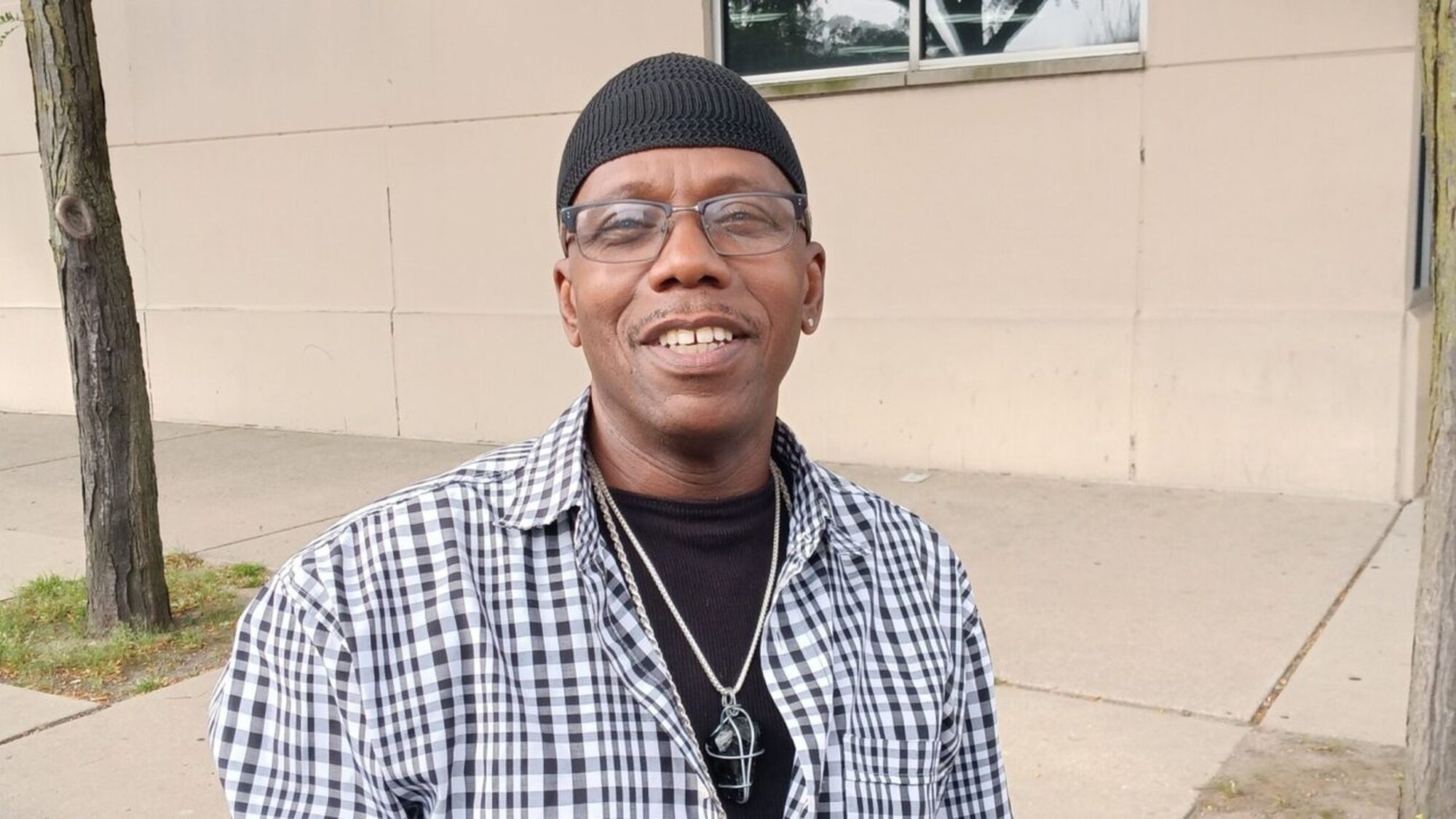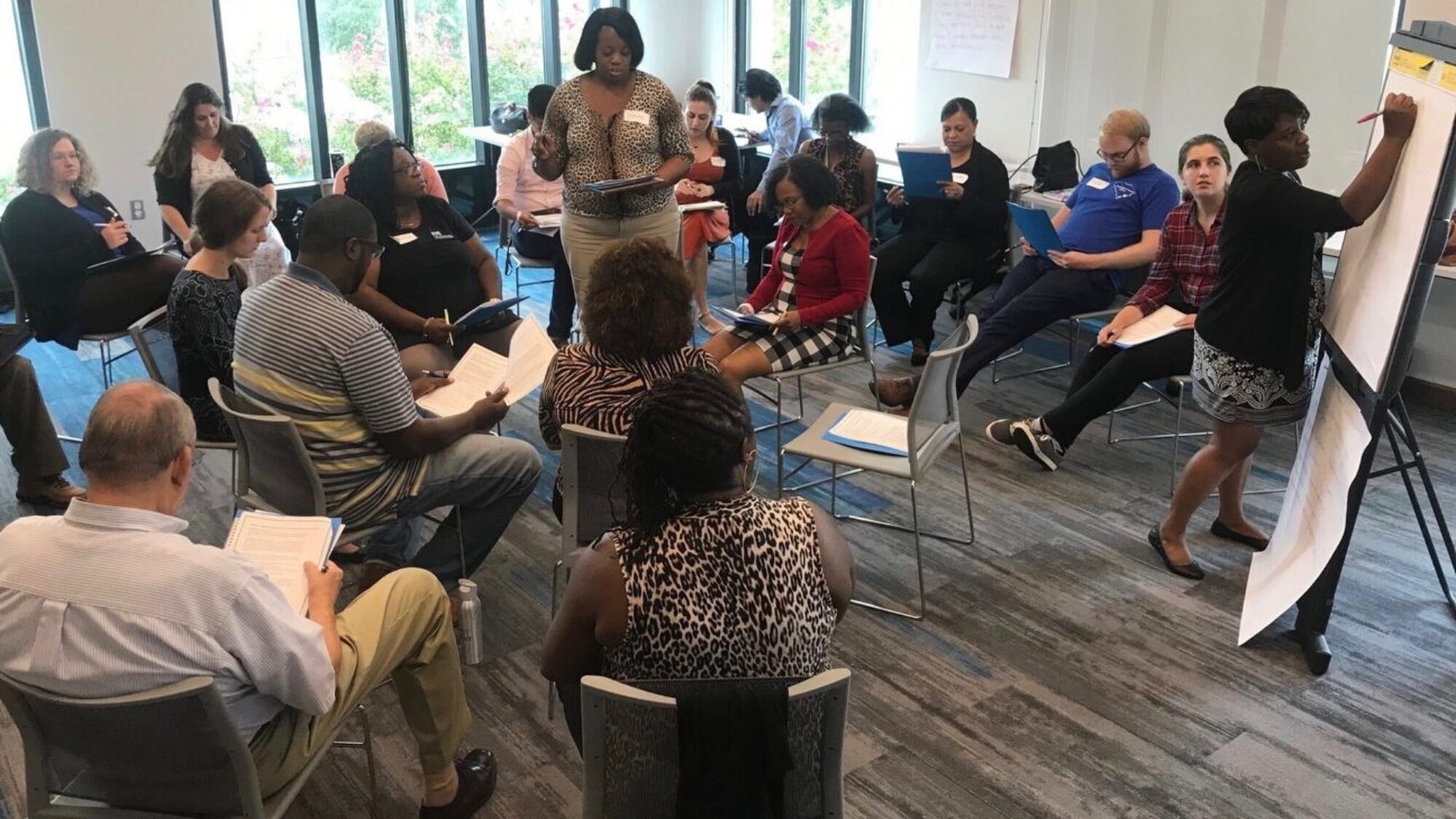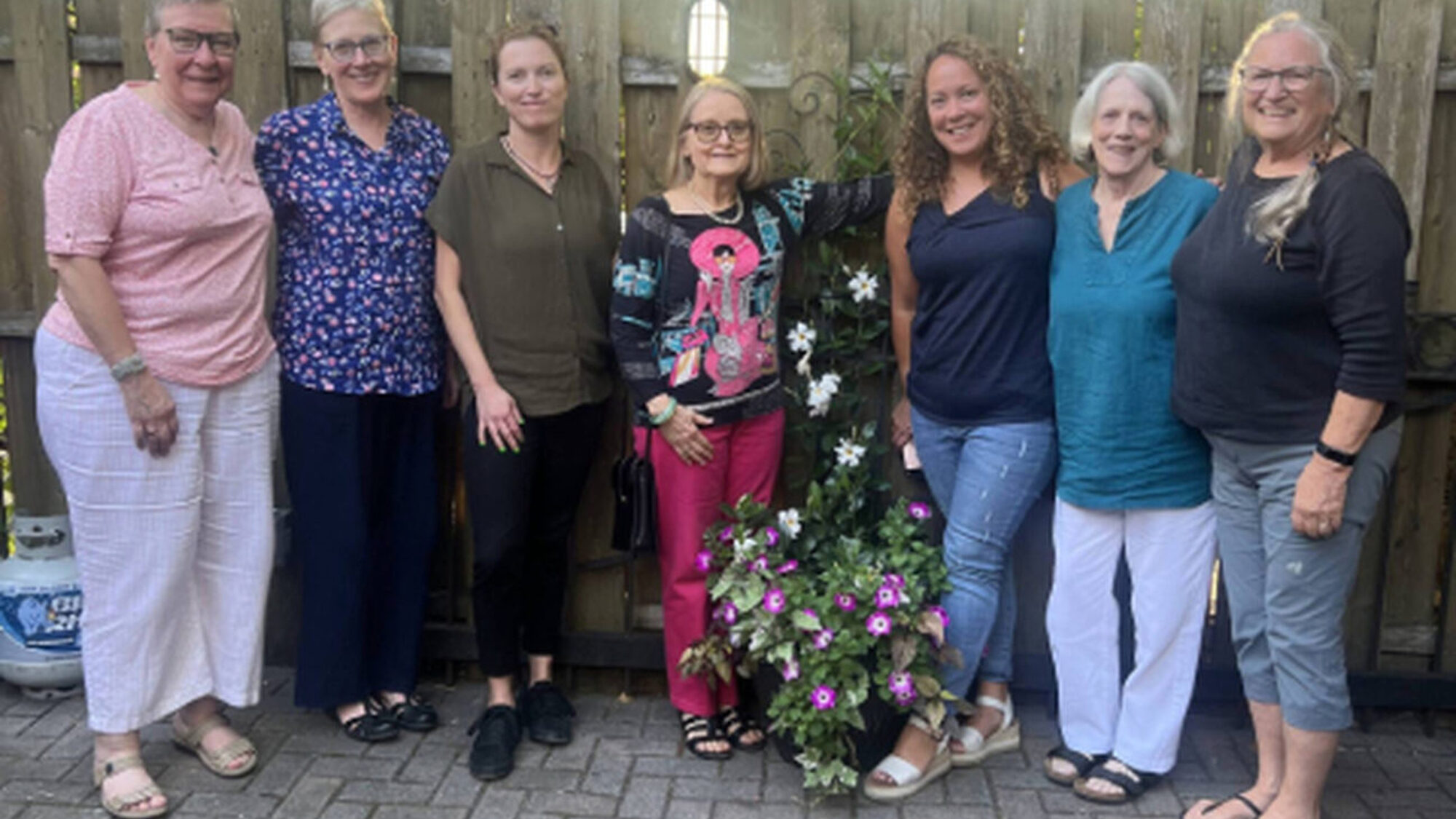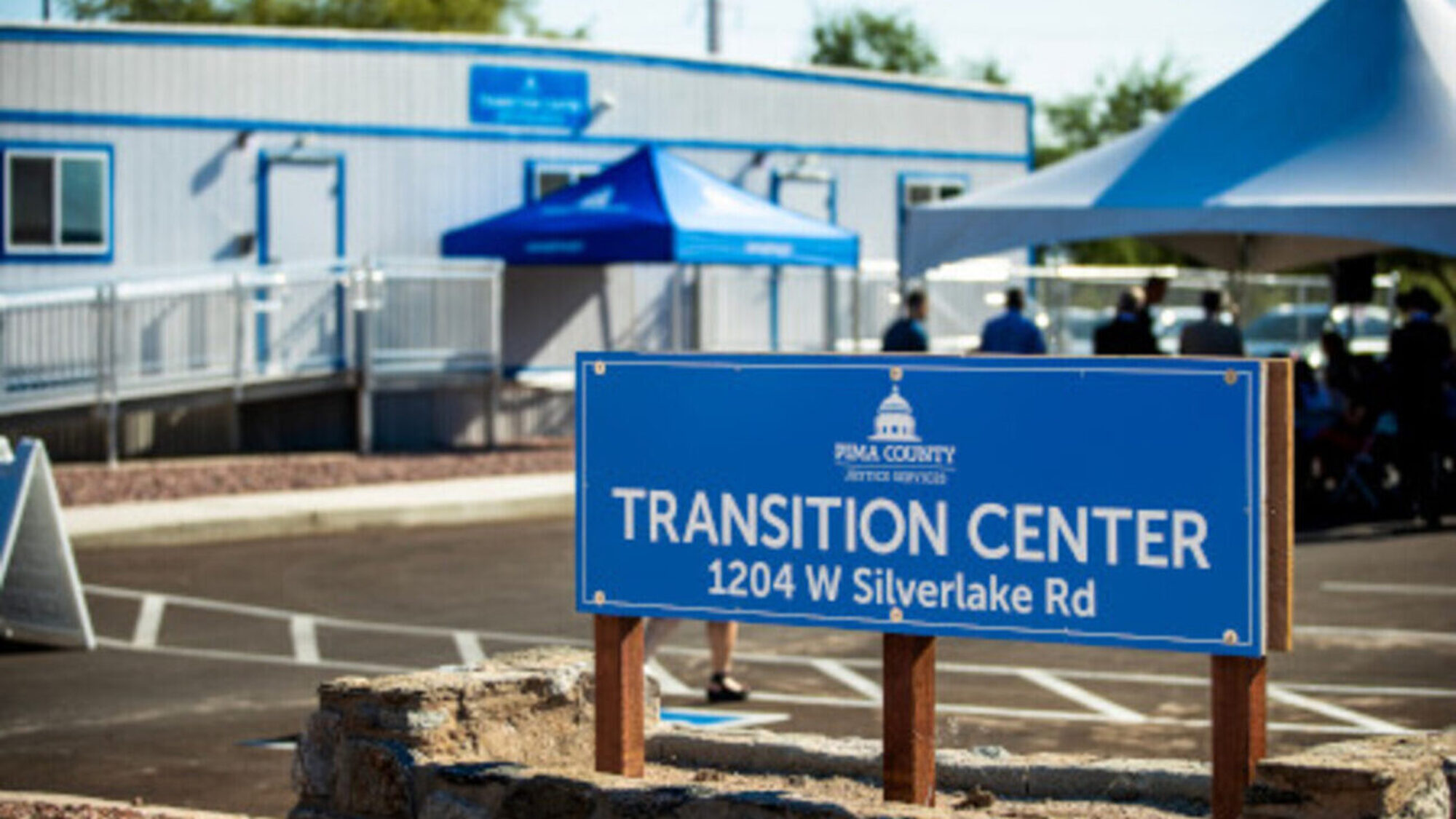In 2020, Lacey, Washington, located just outside of the capital of Olympia, found itself with a large homeless encampment. As with similar encampments in other cities, low-level violations of the law were common.
Rather than focusing on enforcement issues, Police Chief Robert Almada instructed his staff to work with the people with individualized plans of care with the goal of achieving better outcomes for the people experiencing houselessness. Chief Almada saw these plans as holistic approaches to helping a person heal, recover, and reform their behaviors.
Chief Almada turned to the Community Resource Unit that his department had established a year earlier. This unit began taking a caretaking approach to working with the people living in the encampment, collaborating with community partners to ensure that people experiencing homelessness were offered the support they needed.
“When I first joined the unit, a lot of the people experiencing homelessness in our city didn’t have access to resources,” said Officer Justin Beltran. “No one had time to navigate the wrap-around services and find out what these people actually needed.” The Community Resource Officers in the unit filled that role: going into encampments to meet the people and understand what they needed.
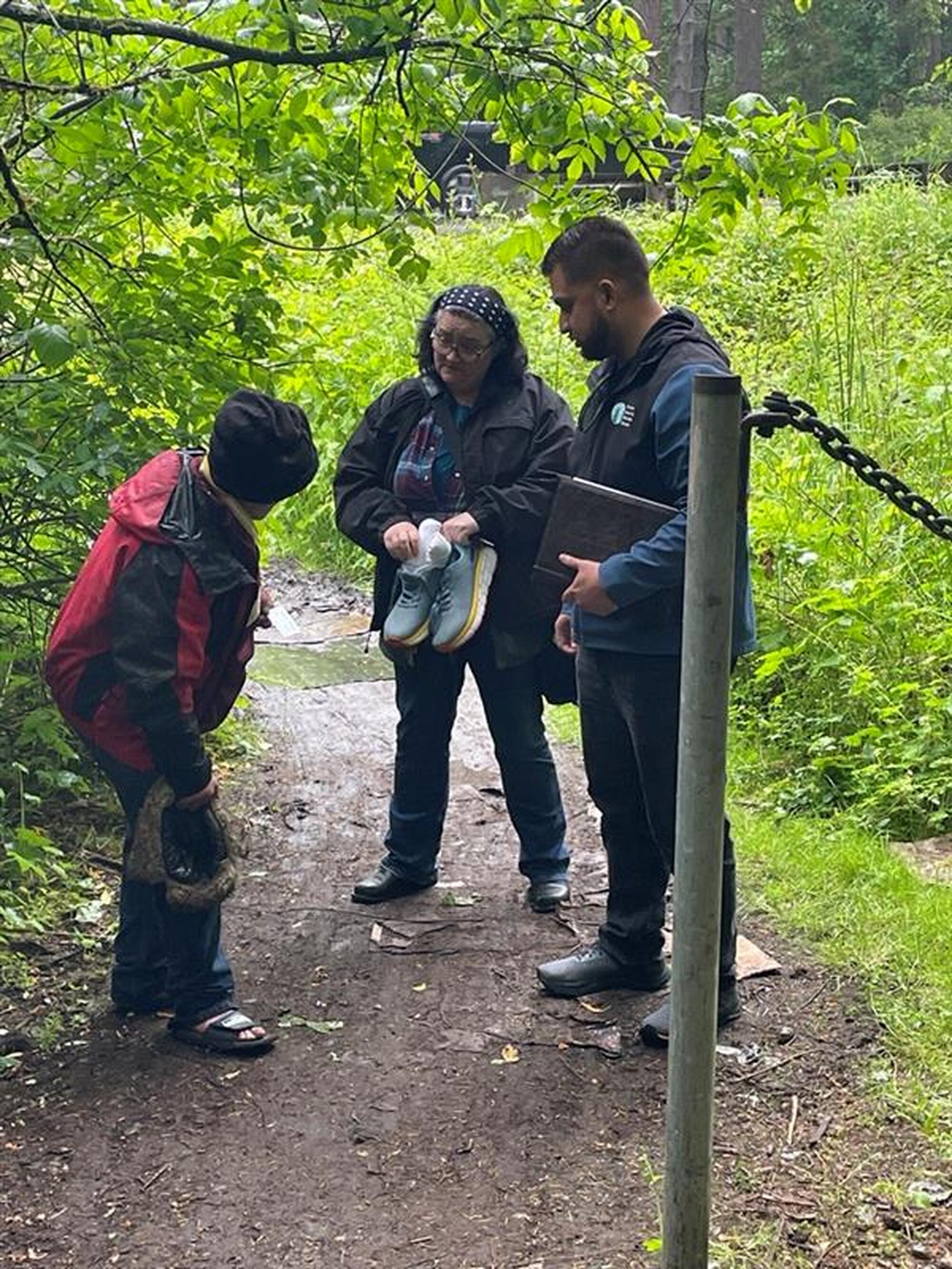
A Team Approach
The Community Resource Officers began building relationships with the local community, including people experiencing homelessness and community organizations. They often worked alongside a Mobile Outreach Team (MOT), which included crisis clinicians and peer counselors provided by Olympic Health and Recovery Services (OHRS). The City of Lacey contracted with OHRS to embed the MOT with the Lacey Police Department to establish a co-response program to better serve people experiencing crisis. The crisis clinicians were mental health professionals who could co-respond with officers to mental health-related situations, function as case managers, and provide comprehensive case management. A peer counselor who had experiences such as substance use, mental health concerns, or homelessness worked with the crisis clinician to help build rapport and relationships. Together, the Community Resource Officers and the MOT would help people living in the encampments access support, including food, medical care, treatment, and housing.
Over time, the Lacey community built more infrastructure to better coordinate and delegate resources, including a list of resources available to its clients.
Compassionate Care Fund
Knowing that the people living in the encampment had extremely limited funding, the police department set up a $5,000 Compassionate Care Fund. Lacey Community Resources Officers used the fund to purchase things clients needed. The fund could support people experiencing homelessness with anything from a pair of socks to a down payment on an apartment. The account was replenished as it was used.
A Culture of Caregiving
The Lacey police noticed that without individualized support, clients were often not achieving success. So, the Community Resource Officers took a relationship-building approach, learning people’s names, having casual conversations, and getting to know each individual’s needs and aspirations. “You have to know their backstory, know where they came from,” said Beltran. “Understanding your clientele is probably the biggest factor. Yes, there’s drug use, there’s mental health concerns, but when you can look past that, you’re…dealing with human beings down on their luck.”
Lives changed with the Lacey Police Department
75 of the 77 people living in the encampment moved on from the site and achieved improved outcomes.
Out of these 75 individuals:
- 12 accepted substance use or mental health treatment.
- 12 were reunited with their family.
- 10 were provided housing options.
- 100 percent of people in the encampment took the Vulnerability Assessment and received assistance such as food stamps, gas assistance, and medical care.
A Community Mindset
Having the right staff contributed to the successful approach. Lacey Police Chief Almada considers a community-oriented mindset as he hires staff for the police department. He looks for officers with good communication skills who are calm, thoughtful, and humble and often includes a community member in the interview process. All the officers he hires have connections to the local community, and deep criminal justice experience isn’t necessarily a prerequisite.
Trust Leads to Supports
The Community Resource Officers typically drove an unmarked car and dressed more casually. They showed up to the encampments every day, making relationships, not arrests, their priority. Beltran commented, “We bring some humility to the contact. They know that if they come across us, we’re not just there to get them in trouble.” At the time, substance use/possession was legal in Washington State, so officers would confiscate substances but not arrest people for drug use.
The campers’ requests for help started small: propane for their cookstoves, veterinary care for their pets, or help applying for social benefits like food stamps. The Community Resource Officers brought iPads so people could complete a “vulnerability index assessment.” By completing the assessment, clients became eligible for a range of services, including medical and dental care. The assessment also enrolled clients on a housing list.
Many people living at the encampment didn’t know about the assessment and that it could help them access care and services. The assessment also helped officers learn more about people’s history, needs, and supports. The process to access social services and benefits can be bureaucratic and complex. The Community Resource Unit and MOT helped people navigate this sometimes-daunting process to achieve better outcomes.
As familiarity with the Community Resource Officers grew, people living in the encampment started to trust them with requests for more intensive support, like housing or treatment programs.
Moving Forward
The Lacey Police Department’s approach helped many people on a path forward. These stories included small wins, like helping a person replace a lost ID or cell phone or accessing shoes and socks during the winter.
In particular, the Community Resource Officers and MOT assisted clients in finding affordable housing. One family had been living in a hotel and owed $40,000 for rent. They saved money for an apartment but didn’t have the full amount. The police used the Compassionate Care Fund to help the family meet their downpayment for a new home and negotiated the past-due rent with the hotel.
In another situation, a woman was living in her broken-down car. She couldn’t afford the car repairs, yet the car was keeping her from living on the streets. The Mobile Outreach Team arranged for a mechanic to assess the vehicle for free. The Compassionate Care Fund paid for the tow to the mechanic and the repair, as well as a hotel for the woman during the process.
While not every client the Community Resource Officers and MOT interacted with wanted to make life changes, the offers for help were extended. “If we can change someone’s behavior, we can prevent a lot of future crime from happening,” said Beltran. “Why not take the time to help these people out and figure out what we can do to come up with better outcomes for them?”
Three years later, it’s not uncommon that people experiencing homelessness will ask directly for the Community Resource Officers. The lessons the Lacey police force learned from their work with the encampment easily translate to other communities and their policing: establish trust; work as a team with mental health providers and peer counselors; provide care; identify what people need and help them access it. In Lacey, this approach helped to stop cycles of low-level offenses and change lives.
If we can change someone’s behavior, we can prevent a lot of future crime from happening. Why not take the time to help these people out and figure out what we can do to come up with better outcomes for them?
Share this story with law enforcement leaders in your jurisdiction. For information on the Lacey Police Department’s outreach model, contact Chief Robert Almada at R.Almada@CityofLacey.org.

